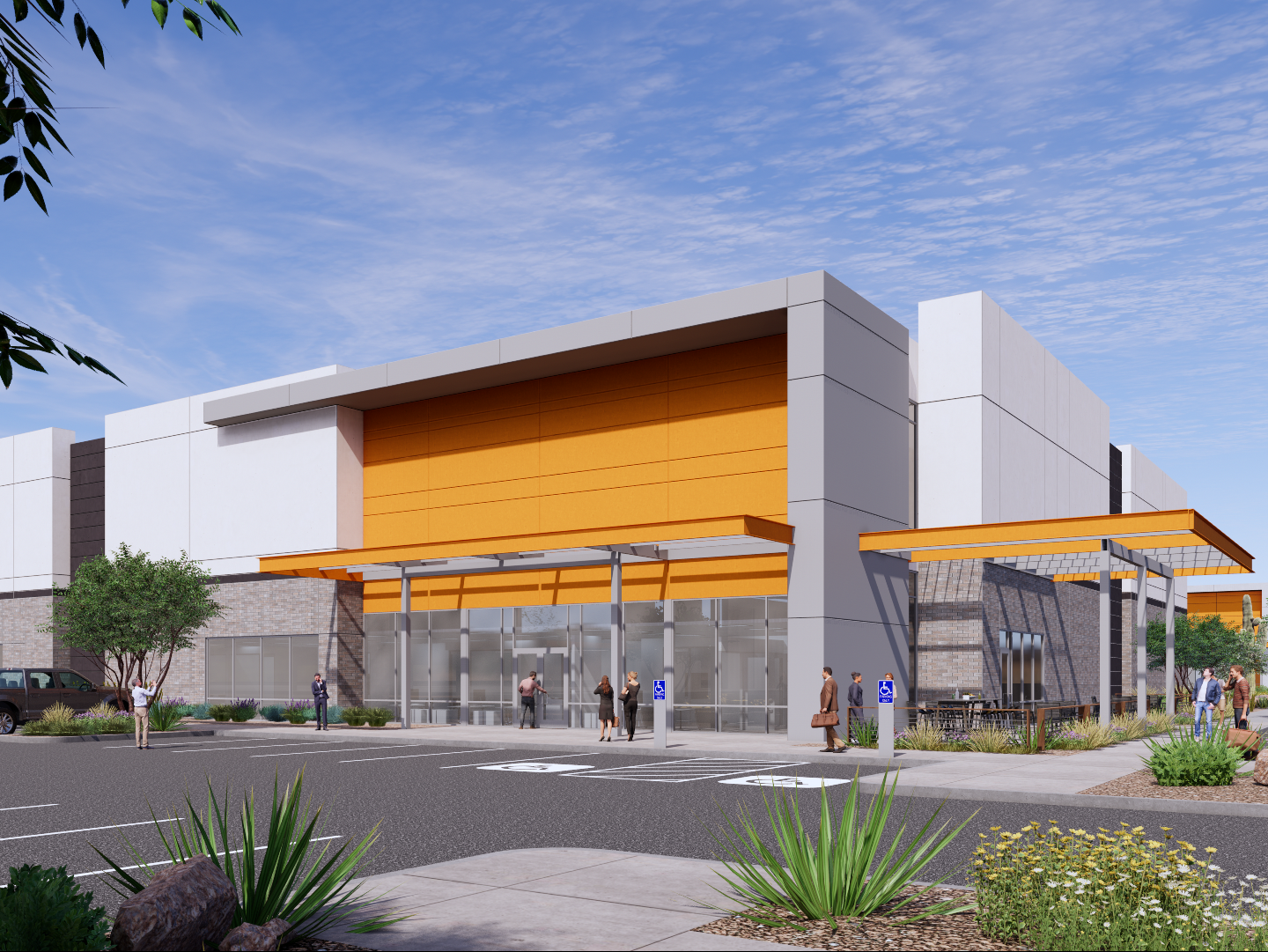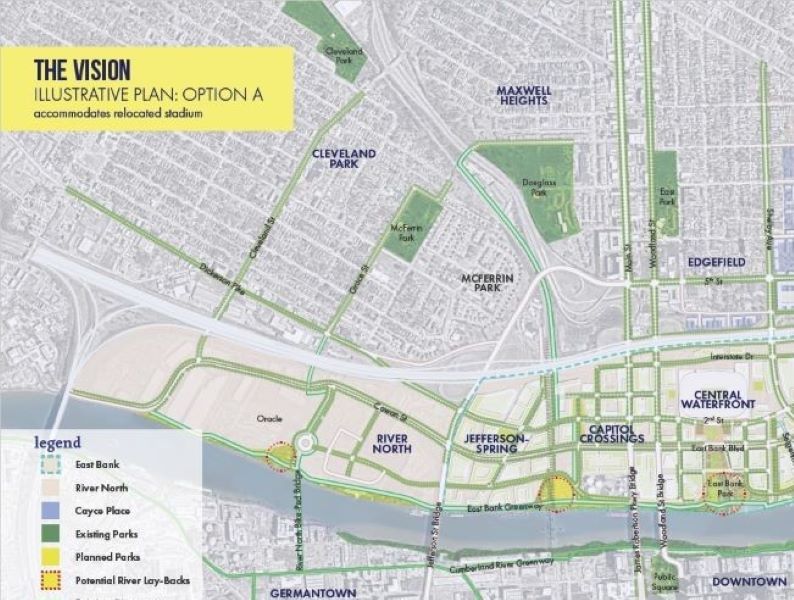Keeping Air Fresh While Keeping Costs Low
Leveraging data and technology is the key to building and maintaining healthy workplaces, argues Ernie Jur of CBRE.
On average, people spend over 90 percent of their time indoors, making indoor air quality an important component of health and well-being. That’s especially the case now as the world grapples with the COVID-19 pandemic and its lasting impact on the workplace.
Unfortunately, the more energy efficient a building becomes, the less fan power its HVAC system tends to use and, consequently, the less fresh air it pulls in.
As a rule, facilities managers must balance concerns about sustainability and energy savings with the need for healthy outdoor air. But that equation becomes even more difficult to solve when accounting for indoor COVID-19 safety measures or polluted outdoor environments. In addition, HVAC system design practices vary significantly between geographical locations due to different climates.
Weighed down by these considerations, the question hangs heavy in the air: how can we ensure enough ventilation for healthy, COVID-safe and pollution-free workspaces without raising heating and cooling costs?
Intelligent Decisions: A Starting Point
Intelligent decisions about the design and operation of HVAC systems set us on the path to overcoming these challenges. The most significant challenge stems from growing awareness that poorly ventilated spaces increase the risk of COVID-19 spread, particularly through aerosolized transmission among people more than 6 feet apart. HVAC systems can curtail this indoor spread by exchanging and filtering air. Upgrading the ventilation systems with high efficiency filters will help address concerns related to air quality and COVID safety.
In terms of air distribution, research has shown that traditional ceiling-mounted supply and return patterns have the highest risk to spread the virus—effects that can be minimized through energy-efficient low-velocity, low-supply returns. Over the past decade, manufacturers have developed more efficient technology that reduces maintenance and energy consumption, such as electronically commutated (EC) fans for central air handling units and inverter drives for pumps. Those innovations are now being coupled with smart control systems, which respond to real-time data received via sensors. Smart systems like these enable precise control of the quality and comfort of the indoor environment.
Data as a Critical Element
Data functions as a critical element in the evolving world of HVAC systems, enabling us to gain a detailed understanding of how a building’s ventilation system has performed before taking the right steps toward creating healthier environments.
Air quality sensor technology has advanced rapidly, with new products hitting the market on a seemingly daily basis, which leads to faster and more reliable collection of real-time data. Cloud technology and the Internet of Things (IoT) make accessing and using this data easier. Certification bodies such as RESET create data-driven standards for monitoring air quality to ensure the maintenance of healthy environments in commercial and residential properties.
Smart Buildings Provide Unique Solutions
Smart building technology has also evolved in significant ways and will soon become commonplace throughout the built environment. Using this technology, Building Management Systems (BMS) can operate at peak efficiency, adjusting throughout the day to meet the needs of the building’s occupants. Automated BMS solutions have shown their value during the pandemic, ensuring seamless system operation while allowing for rapid touchless adjustments to air supply and ventilation.
While air quality remains a global problem, each facility requires its own locally targeted solutions. An HVAC system that works well in sunny, humid Miami likely won’t meet the needs of a facility in cold, dry Saskatoon.
Adoption Makes a Big Impact
CBRE’s Engineering Design team in London recently assisted a company concerned about the well-being of their occupants at a site in New Delhi, one of the most polluted cities in the world. To complete that project, CBRE analyzed a year’s worth of indoor air quality data and reviewed the building design to understand the performance of its existing HVAC systems. Then, working with its Engineering and Global Workplace Solutions (GWS) Enterprise teams in London as well as its Project Management teams in India, CBRE retrofitted and modified the building’s ventilation and air filtration systems. This resulted in the company seeing a 93 percent improvement in the Air Quality Index of their indoor air.
Companies’ air-quality challenges and solutions will vary by location. For example, the United Kingdom’s recent National Health Service regulations regarding airborne particulates may require system modifications.
By leveraging data and the latest technology, we can continue building and maintaining healthy workplaces attractive to both investors and occupiers.
Ernie Jur has served as strategic sourcing category lead for HVAC at CBRE since 2017. Prior to that, he spent 16 years with Johnson Controls, where we worked as operations lead, delivery director and regional service operations manager.








You must be logged in to post a comment.